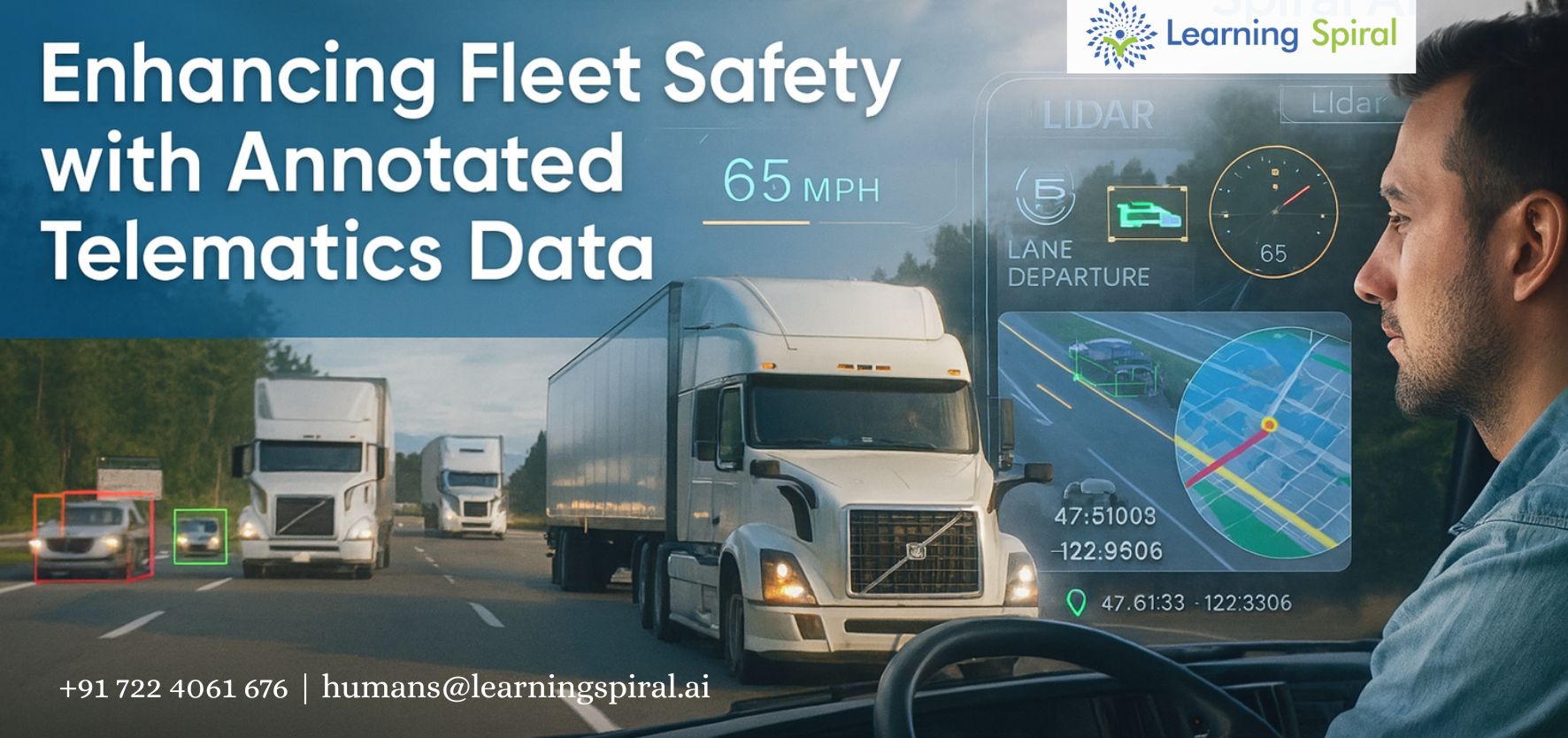
Labeling Datasets for AI-Powered Visual Search in E-commerce
The e-commerce landscape is undergoing a silent revolution, shifting from text-based queries to intuitive, image-driven discovery. Visual Search AI, powered by advanced computer vision and machine learning models, allows consumers to simply upload a photo or screenshot and instantly find matching or similar products. This capability is no longer a luxury but a core expectation, fundamentally changing how universities and tech companies approach retail innovation. The engine driving this accuracy, however, is meticulously prepared AI training data.
Why Visual Search Depends on High-Quality Data Annotation
A visual search model needs to be taught exactly what it is “seeing.” For an e-commerce platform, this means differentiating between a thousand subtle variations of a product—a task far more complex than simple object recognition. This is where precision data annotation becomes the foundational, non-negotiable step.
The Challenge of E-commerce Image Variety
E-commerce images are notoriously complex, featuring:
- Diverse Angles and Lighting: Products photographed from every perspective, often with inconsistent lighting.
- Occlusion and Clutter: Products partially hidden or surrounded by lifestyle props.
- Fine-Grained Differences: Distinguishing between similar items, such as a “chiffon dress with polka dots” versus a “silk dress with geometric patterns.”
- User-Generated Content (UGC): Low-resolution, blurry, or poor-quality images submitted by users.
Without human expertise to label these nuances, an AI model cannot achieve the accuracy required for a satisfactory shopping experience.
Core Data Labeling Techniques for Visual Search AI
Developing robust visual search capabilities requires a multi-modal approach to data labeling services, utilizing specific computer vision annotation techniques:
- Bounding Box and Segmentation Annotation
- Technique: Used to precisely delineate the product within the image, separating it from the background and other objects.
- Application: Training the model to locate and crop the exact item of interest, even in busy lifestyle shots. Pixel-level semantic segmentation is crucial for accurate shape and boundary detection.
- Keypoint and Landmark Annotation
- Technique: Placing dots on specific points of a product, such as the collar, cuffs, or zipper of a jacket.
- Application: Essential for virtual try-on features and recognizing the pose, structure, and fit of apparel, enabling “Shop the Look” features.
- Attribute and Tag Labeling
- Technique: Applying rich, descriptive metadata tags to the entire image or the segmented object.
- Application: Crucial for improving recall and precision. Tags include non-visual descriptors like “texture: cotton,” “style: vintage,” or “occasion: business casual,” allowing the model to find similar items even if the exact one isn’t available.
- Video Annotation for 3D Assets
- Technique: Annotating frames of short videos or 360-degree product spins to prepare 3D models for Augmented Reality (AR) viewing.
- Application: Used to train models that recognize and render products accurately in a shopper’s real-world environment.
The Impact of Annotation Quality on AI Model Accuracy
In the visual search domain, the difference between a high-performing model and a failure often boils down to the quality and consistency of the AI training data. Errors in labeling directly translate into frustrating customer experiences, such as the model suggesting irrelevant items.
Reliable data annotation ensures:
- Reduced False Positives: The model doesn’t incorrectly identify a non-product element (like a lamp post in the background) as the item to be searched.
- Enhanced Fine-Grained Recognition: The model can differentiate subtle variations, leading to higher conversion rates as customers find exactly what they’re looking for.
- Bias Mitigation: Consistent and diverse labeling across all demographic-related products (e.g., skin tones for makeup, various body types for clothing) ensures fairness and accessibility in search results.
Partnering for Scalable and Accurate Data Labeling Services
For research institutions or large e-commerce AI teams, scaling the annotation process while maintaining high accuracy is the biggest bottleneck. This massive undertaking requires a blend of human expertise, technological infrastructure, and rigorous quality assurance.
Learning Spiral AI specializes in providing customized and scalable data labeling services designed to meet the extreme precision demands of visual search systems.
Our approach combines several key strengths:
- Expert Human-in-the-Loop: Our annotators are trained to recognize fashion, decor, and product nuances, ensuring complex attributes are labeled correctly the first time.
- Advanced QA Frameworks: We use consensus mechanisms and multi-tier quality checks to guarantee high dataset reliability.
- Tool Agnosticism: We utilize the most efficient annotation tools for the specific task, whether it’s polygon segmentation or complex attribute tagging.
- Multi-Modal Data Expertise: Beyond images, we handle the labeling of associated text, audio descriptions, and video files, providing a comprehensive dataset for a holistic AI system.
By partnering with Learning Spiral AI, organizations can accelerate their development cycle, freeing up internal machine learning engineers to focus on model optimization and deployment rather than dataset preparation. We deliver the precise foundation necessary to turn conceptual AI models into highly performant commercial solutions.
The Future: Predictive and Personalized Visual Search
Annotated datasets are not just for basic recognition; they fuel the future of predictive visual search. Accurate video/image annotation allows AI to learn user intent and context. Imagine a model that not only identifies a shoe but also predicts that a user viewing that shoe in a park setting is likely looking for “trail running shoes,” not “fashion sneakers.” This advanced personalization, rooted in meticulously labeled context and metadata, is the next frontier of e-commerce.
Ready to Boost Your Visual Search Accuracy?
Don’t let subpar AI training data compromise your innovative e-commerce AI projects. High-quality data annotation is the critical factor for superior AI model accuracy.
Contact Learning Spiral AI today to discuss your project and discover how our expert data labeling services can accelerate your journey to next-generation visual search success.

